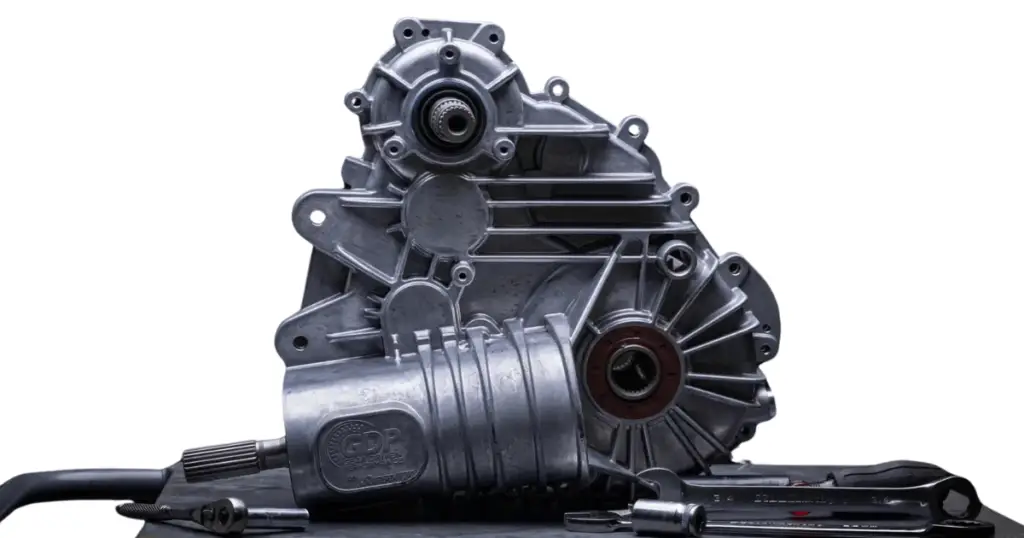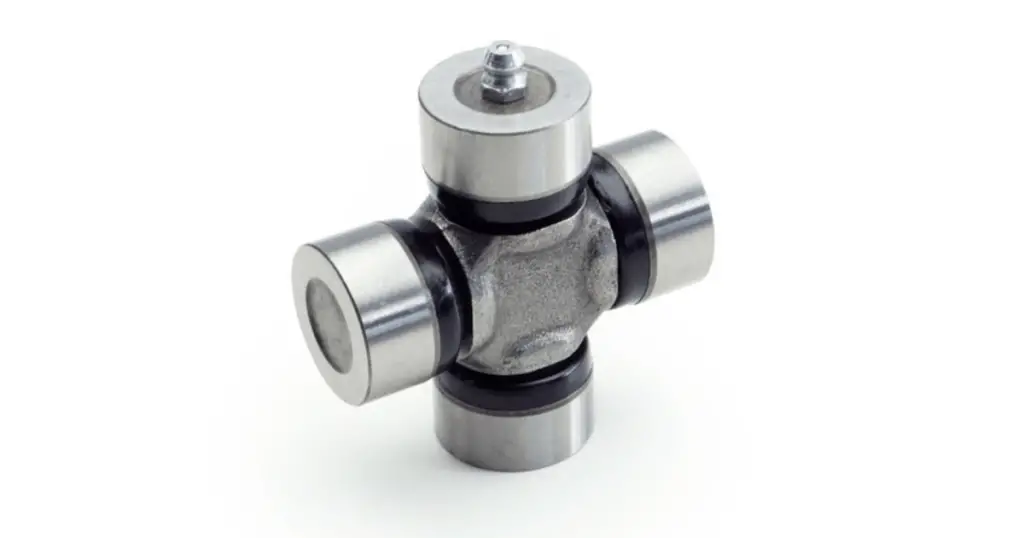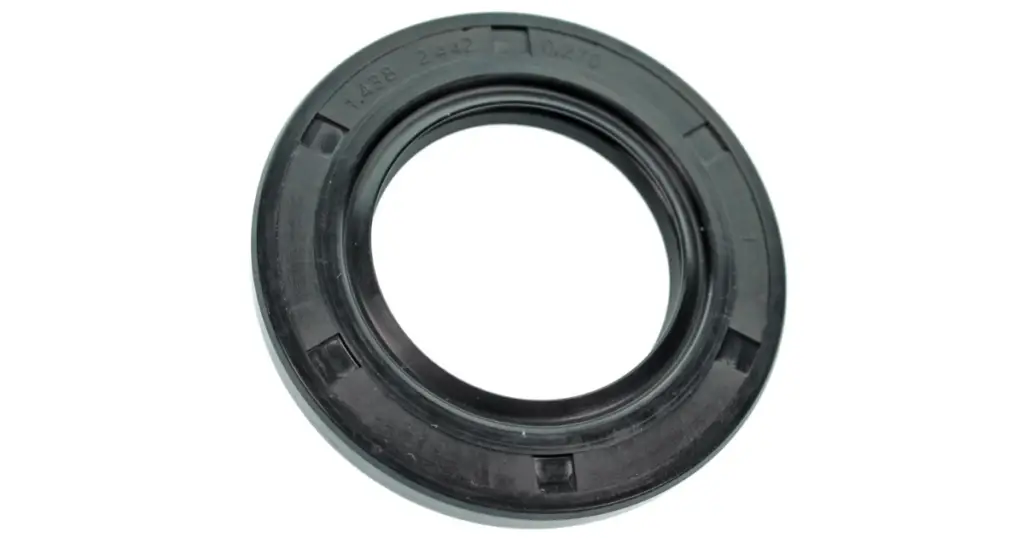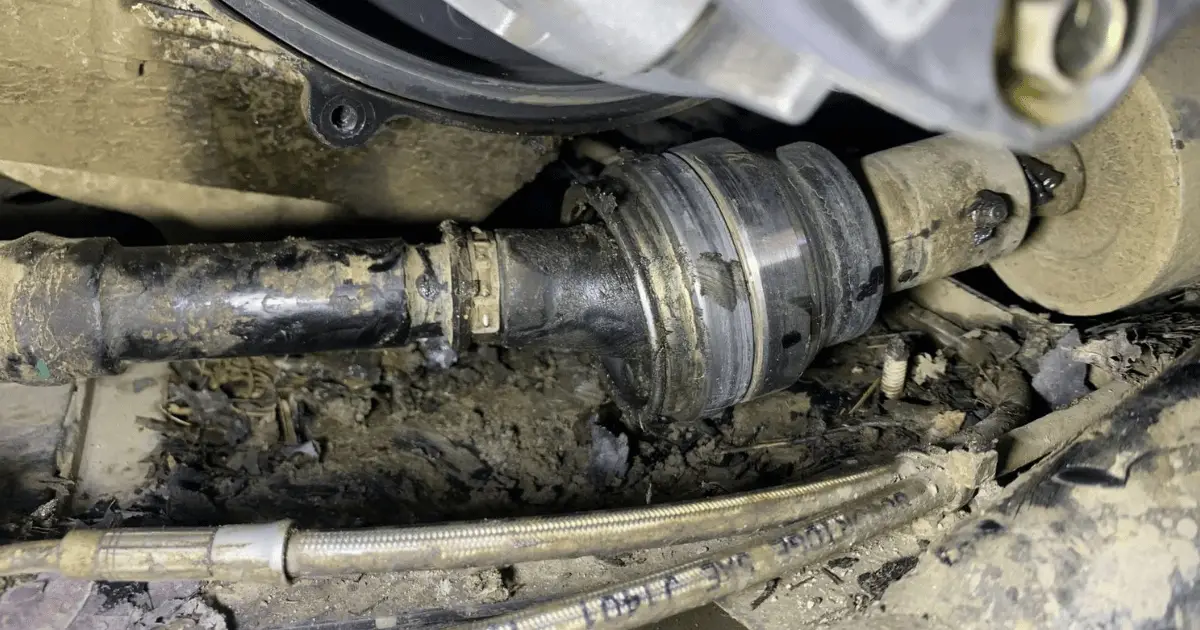Imagine you’re tearing through the trails, and your Polaris Ranger suddenly feels off—the ride’s not as smooth, there’s a clunking noise, or maybe you’ve even experienced a complete loss of power. You might be facing the vexing issue of drive shaft problems, a not-so-uncommon gremlin in the world of off-road vehicles. In this deep dive, you’ll discover everything you need to know about the drive shaft woes that can hit your Polaris Ranger—signs to watch for, the mechanical wizardry behind these issues, and the proactive steps you can take to ensure your adventures remain uninterrupted by this pesky predicament. Ready to dive into these Polaris Ranger drive shaft problems? Let’s get to it!
Understanding the Polaris Ranger Drivetrain

When you take a closer look at your Polaris Ranger, you’ll find it’s an expertly designed machine, with a drivetrain that ensures smooth rides even on the most challenging terrains. But what goes on under that rugged exterior?
Components of the Polaris Ranger Drivetrain
Your Polaris Ranger has a complex drivetrain system that consists of several integral components. These parts work in tandem to transfer power from the engine to the wheels. Key elements include the transmission, the drive shafts, U-joints, CV (constant velocity) joints, and the differential. Each of these plays a crucial role in maintaining the performance and reliability of your vehicle.
Function of the Drive Shaft in Power Transmission
The drive shaft, in particular, is a critical component. It’s essentially the long metal tube that transmits torque and rotation from the engine to the differential, which then sends power to the wheels. Without this essential piece, you simply wouldn’t go anywhere.
Types of Drive Shafts in Different Polaris Ranger Models
Different Polaris Ranger models might come equipped with varying types of drive shafts. Some models have a single drive shaft, while others use multiple shafts. There are also differences in designs between shafts used in 4WD, AWD, or 2WD systems. It’s important to understand which type your model uses in case maintenance or repair is needed.
Common Symptoms of Drive Shaft Problems

Like any part of your UTV, the drive shaft can encounter issues. Here’s how to tell if something might be wrong.
Strange Noises During Acceleration or Deceleration
Have you noticed odd clunking, squeaking, or scraping noises when you speed up or slow down? These could be telltale signs that your drive shaft isn’t doing too well.
Vibrations Felt While Driving
If you’re feeling unusual vibrations that weren’t there before, especially when you pick up speed, it may point to a drive shaft problem. It’s something you should check out before it leads to more serious trouble.
Difficulty in Steering the Vehicle
Steering should be smooth and responsive. If it feels off or you’re having a harder time than usual controlling your Polaris Ranger, the drive shaft could be to blame.
Visible Wear or Damage on the Drive Shaft
It’s good practice to visually check your drive shaft now and then. Any visible signs of wear or damage, such as warps or cracks, are clear indications that service or replacement is needed pronto.
With all of this in mind, I’ll ask you the next question I think you should consider: How many miles will a Polaris Ranger last?
Diagnosing Drive Shaft Issues
Understanding how to diagnose drive shaft issues can save you time and prevent further damage.
Inspection Techniques for Drive Shaft Components
You can give your drive shaft a once-over, checking for loose U-joints, looking at the CV joints for leaks, and ensuring everything’s sitting as it should.
Tools Required for Drive Shaft Diagnosis
For a thorough check, you’ll need some basic tools like a socket set and perhaps a pry bar to tug gently at the U-joints. A screwdriver can also be used to test for excessive play in the joints.
Interpreting Diagnosis Results and Identifying Specific Problems
Once you’ve got your results, understanding them is key. For instance, if you found play in the U-joints, it means they might need replacing. Any leaks around the CV joints could indicate compromised seals.
Maintenance Tips to Prevent Drive Shaft Problems
Stay ahead of drive shaft problems with regular maintenance.
Regular Lubrication of U-joints and CV Joints
Ensure you regularly lubricate the U-joints and CV joints. This can prevent premature wear and help evade more costly repairs down the road.
Importance of Timely Replacements for Worn Parts
Don’t wait to replace worn parts. It’s not just about getting from A to B; it’s about doing so safely and maintaining the life of your Polaris Ranger.
Adhering to Service Intervals as Specified by Polaris
Stick to the maintenance schedule laid out by Polaris. They designed your Ranger and know best how to keep it running optimally.
Wear and Tear: U-Joints and CV Joints

Every part has its lifespan, especially those as hardworking as the U-joints and CV joints.
Identifying Symptoms of Worn U-Joints and CV Joints
Listen and feel for unusual sounds and vibrations; they can indicate that these joints are wearing out.
The Role of U-Joints and CV Joints in Drive Shaft Function
U-joints allow the drive shaft to flex and articulate, while CV joints provide the same function but with the added bonus of maintaining the same rotational speed. Both are essential for effective power delivery to the wheels.
Repairing vs. Replacing U-Joints and CV Joints
Sometimes, you might get away with repairing these joints, but often, replacing them is the more sensible long-term solution.
So, which years are worst off? Worst Polaris Ranger Years to Avoid (+The Best)
Drive Shaft Balancing Issues
A well-balanced drive shaft is integral to the smooth operation of your vehicle.
Consequences of an Unbalanced Drive Shaft
An unbalanced drive shaft can lead to vibrations, increased wear on other components, and a generally uncomfortable ride.
How to Check if the Drive Shaft is Properly Balanced
If you’re mechanically inclined, you can check the balance by looking for worn weights or irregular wear. But it might be a job best left to a professional.
Correcting Drive Shaft Imbalance
Balancing a drive shaft typically requires specialized equipment, so this is usually carried out by mechanics or drivetrain specialists.
Impact of Rough Terrain on Drive Shafts
Off-roading is fun, but it’s a tough gig for your Polaris Ranger’s drive shaft.
Challenges of Off-roading with the Polaris Ranger
When off-roading, your drive shafts are subject to all sorts of stress. They can get bashed around by rocks, stuck in mud, and jarred by sudden bumps.
Protecting the Drive Shaft From Damage Due to Rough Terrain
Consider skid plates and guards to protect the underside of your UTV, and always drive with care over tough terrain to minimize the risk of damage.
Suspension Modifications and Drive Shaft Durability
Suspension mods can better handle rough terrain impacts, potentially reducing stress on your drive shaft and other related components.
Upgrading the Drive Shaft for Enhanced Performance
If you’re after better performance or plan to tackle even more challenging environments, consider an upgrade.
Aftermarket Options for Heavy-Duty Drive Shafts
The market is filled with aftermarket options tailored to different needs, from heavy-duty applications to high-performance ones.
Benefits of Upgrading to Performance Drive Shafts
Performance drive shafts are built to withstand more force and offer increased durability. They’re a smart investment if you’re pushing your Polaris Ranger to its limits.
Compatibility Considerations for Drive Shaft Upgrades
Ensure any upgrade is compatible with your model. The wrong fit can cause more problems than it solves.
Handling Drive Shaft Seal Leaks

Seal leaks can lead to lubrication loss and component wear.
Identifying the Source of Seal Leaks
A careful inspection can reveal where the leak originates, which is the first step in addressing the problem.
Steps to Repair a Leaky Drive Shaft Seal
Repairing a seal usually involves removing the affected part and replacing the faulty seal. It’s a delicate process that might require a professional’s touch.
Preventing Future Seal Leaks
Using high-quality seals and ensuring they’re fitted properly can help prevent future leaks.
The Importance of Addressing Drive Shaft Problems Promptly
Tackling drive shaft problems as soon as they arise isn’t just about avoiding bigger repair bills; it’s about ensuring your safety and that of those around you. So if you notice something off, take the time to investigate. Your Polaris Ranger will thank you, and you’ll have peace of mind knowing you’re taking good care of your off-road companion.
And, you should also be aware of this: Full Guide To Identifying Polaris Ranger Check Engine Codes

Leave a Reply